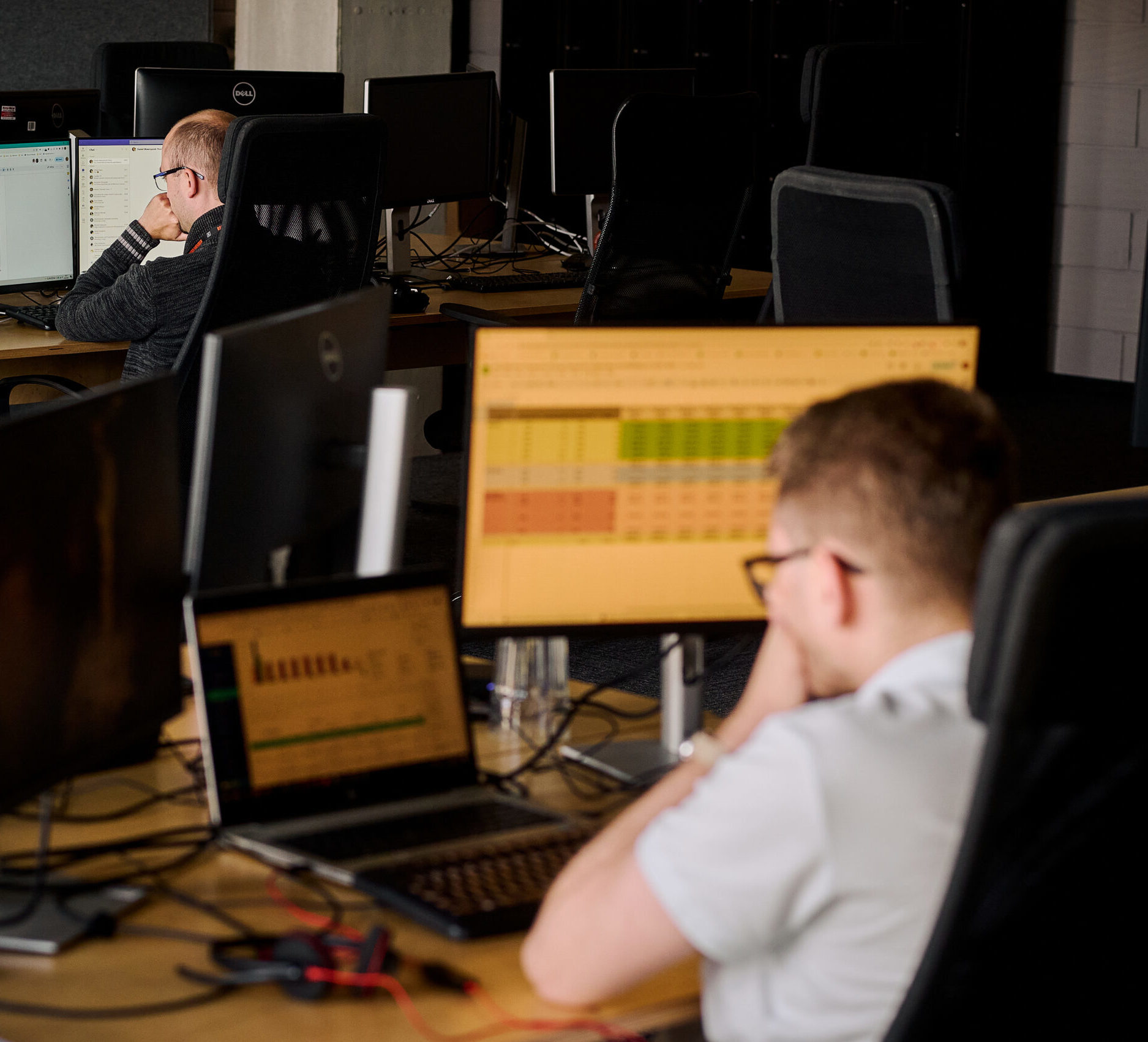We are currently witnessing a huge increase in interest in crypto-currencies. We can even hear about Bitcoin on breakfast TV or be asked by an uncle “Kid, what is this Bitcoin?” at the Christmas table. Let’s then get a closer look at the technology that is the foundation of crypto-currencies or Blockchain.
Blockchain is a distributed database of peer-to-peer architecture, technically implemented as a list of transactions grouped into blocks. Each of these transactions is signed with a private key. When the block is created, transactions are verified using asymmetric cryptography. A newly created block contains also a timestamp and hash pointer based the previous block. Data stored in Blockchain is unchangeable, we are not able to modify transactions in blocks that have already been added to the chain.
Smart contracts
The concept of “smart contract” was developed in the first half of the 90s by Nick Szabo. However, it has not been promoted until mid-2015, when Ethereum appeared in the market. The new crypto-currency having the Ethereum Virtual Machine (EVM) fully compatible with the Turing machine, allows for creation of programs called “smart contracts” directly operating on Blockchain.
The EVM status changes through transactions in the Mining process. The program is operated on every computer in the network – now over 27,000 of them across all continents. This ensures safety and availability of the service at the previously unattainable level.
Why is this so important? Because it enables to replace a traditionally used “trusted third party”, such as a notary public, bank or insurance company, with a “smart contract” code. Therefore, it greatly reduces the operational costs of transaction in which parties do not have full confidence in each other.
Solidity with Javascript-like syntax is the most popular language in which we can create such contracts.
Blockchain impact on software quality.
Imagine that you run a bank for a business client. One day, one of your new employees accidentally removes the library from the main branch, causing the balances of all your customers to freeze. Instead of a fast weekend “fix” of production, as it would be in the case of traditional IT systems, you must get an approval for this repair, not only of your bank’s clients, but also of all other persons holding accounts in that currency.
It shows how quality management is important in projects using public Blockchain. The above story really happened and concerned the Multisign portfolios of Parity company, where 513.774 ETHs were frozen, that is approximately 400 million USD.
Proof of Work and power consumption
One of the main arguments of opponents of the most popular implementation of Blockchain, namely Bitcoin, is the method of creation of new blocks based on Proof of Work algorithms, colloquially called “Mining”.
In this algorithm, all network participants transfer the computing power by solving cryptographic puzzles, receiving in return a part of the newly generated currency proportional to the invested computing power. This process globally involves a huge amount of computing power. Now, it is 15000PH/s which absorbs approx. 37 TWh of electricity. This is more than the energy demand of a small country, e.g. Denmark. It is difficult not to agree that the electricity is wasted.
However, it should be remembered that Proof of Work is only a temporary solution – the so-called “wisdom of the stage”. Most of the crypto-currencies in their development map plan an upgrade introducing the Proof of Stake protocol that will reduce the network’s energy demand by few times. Ethereum, for example, is planning to implement Proof of Stake with the revision package in 2018.
Payments are just a beginning
Apart from payment systems where Blockchain has debuted, very advanced works are currently ongoing on the use of this technology in other areas.
Supply chain management is a great example where the advantages of Blockchain can be easily used. Transactions recorded in a safe permanent manner and available to all market participants, will reduce the number of human errors, reduce accounting costs, allowing for tracing the complete history of the product, from the factory where it was produced to the final recipient.
Crowdfunding – we can already see this change while reading about the next record ICO campaigns. Finding new technology undertakings has never been so easy and available. Insurance is another area where the use of Blockchain seems to be natural.
In the future, we will vote based on systems using Blockchain, such as Follow My Vote, keeping safety and transparency of elections, and maintaining full anonymity of casted vote at the same time.
Blockchain may easily replace traditional land and mortgage registers that keep property owners’ data; advanced works on such a system are currently carried out in Georgia.
Summary
Regardless of the fate of Bitcoin, Etherum and other currently available crypto-currencies, and of the fact when the speculative bubble bursts, Blockchain as a technology will stay with us and will change not only the IT industry, but also our lives as users.

















